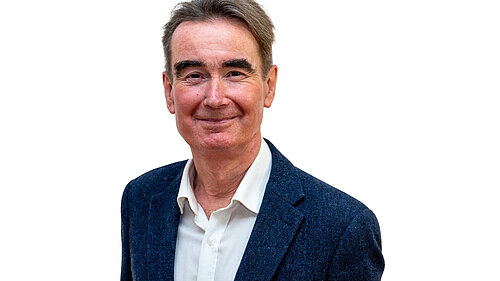From the Leader: Creating inclusive communities

Running a council necessarily involves a lot of reacting to pressures generated externally, often by central government and sometimes by the decisions of other councils and organizations such as the NHS. To avoid a totally reactive approach, a clear idea of what you want to achieve is vital.
The core mission of the current administration at Wokingham Borough Council is to help create vibrant and thriving communities, where everyone feels that they can play a part.
Inclusive communities are happier and more contented communities. Everyone, regardless of who they are, is given the opportunity to realise their potential. Inclusive communities are also more successful communities, because by everyone having the opportunity to contribute, we more effectively tap the talents in our midst, and are therefore all winners.
The idea of creating inclusive communities underpins much of what the council does. It runs through the Council Plan, the strategic document that sets out our ambitions, and it is at the heart of the Communities Vision 2035, co-produced by volunteers across the borough, which is a major influence on the Council Plan. Creating inclusive communities is no less central to our ambition to tackle health inequalities by focusing on the building blocks that create healthier and more fulfilled lives – particularly educational opportunity, good quality housing, and regular exercise.
A key part of inclusivity is listening to the users of the council’s services and giving people a voice in the decisions that affect them. The council has been doing this in some areas for many years. A good example is the Tenant and Landlord Improvement Panel, or TLIP, which brings together residents in council accommodation, council officers in the housing service, and elected councillors in a collaborative partnership. Chaired very ably (and inclusively) by Steve Bowers, a tenant volunteer, TLIP has an important say on the development of housing policies and monitors progress by reviewing performance data.
Over the last three years, we have been seeking to make TLIP a model followed more widely across the council. The Communities Vision takes this to a new level, with the broad strategic priorities of the council for the decade ahead determined by volunteers from local charities, businesses, faith groups, educators, and the Youth Council, endorsed by a wide and deep consultation with the general public.
Last week, I was reminded of the importance of creating inclusive communities and listening to the voices of users of council services. I attended a presentation on Social Care Future, an initiative that aims to give the council a clearer sense of the perspective of users of our social care services.
Those present heard moving and powerful testimony from a carer who supported her daughter, who has autism, and a physically disabled young man. It became obvious that both the daughter and the young man wanted not sympathy but understanding, support, and the opportunity to make a contribution.
If we can listen and learn from their experiences, we can not only improve the quality of their lives; we can enrich the community generally. We all win when individuals are enabled to realise their potential.
Cllr Stephen Conway is Leader of the Council